
Search history
Clear allSearch by image
XDrag and drop an image here or upload an image
Max 5MB per image
UploadSign In | Join

Search history
Clear allSearch by image
XDrag and drop an image here or upload an image
Max 5MB per image
UploadSign In | Join
X Email Mobile
| Number | Unit-price | Total | |||
| I want to buy: | × | 26.0 | = | 0 |
A new item has been added to your Shopping Cart. You now have items in your Shopping Cart.
International Trade City 1 District 2235 D 15yr.
Contacts:jinjunfang Chat
Mobile:86-13335902235
E-mail:banwole@163.com
| More treasures >> | |||||||||||||||||||||||||||||||||||||||||||||||||||||||||||||||||||||||||||||||||||||
| |||||||||||||||||||||||||||||||||||||||||||||||||||||||||||||||||||||||||||||||||||||
Double-sided knockable, cartoon cute characters, clear and powerful sound, great drum sound effects!
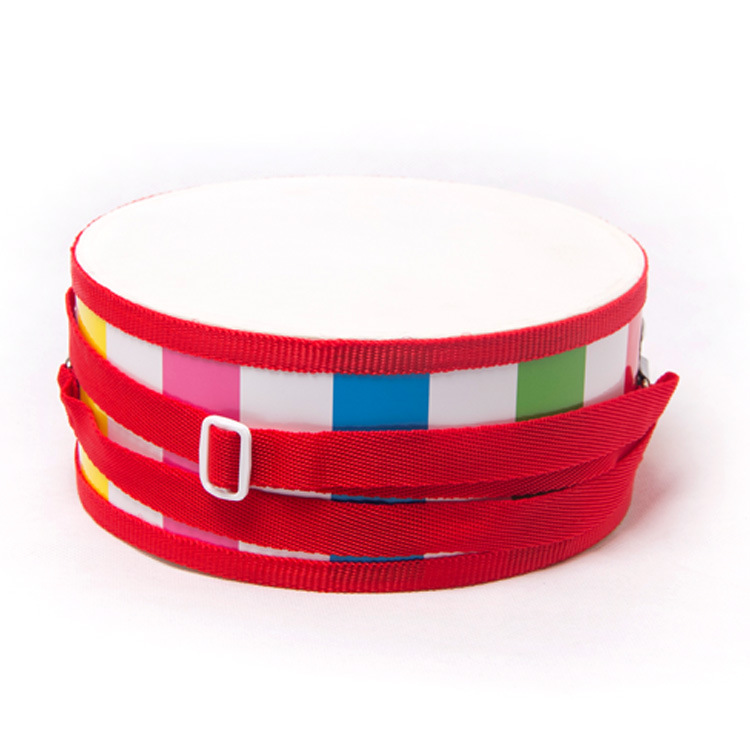
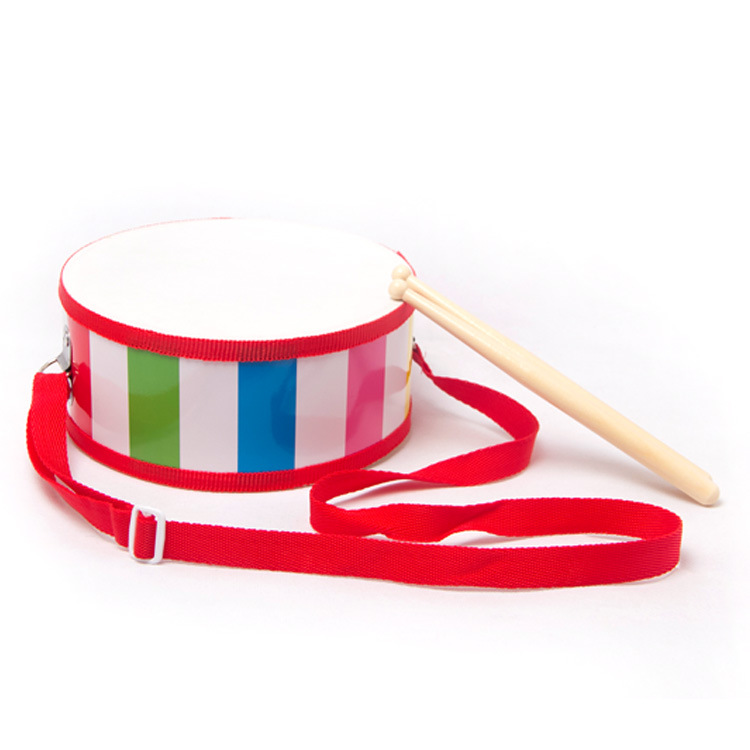

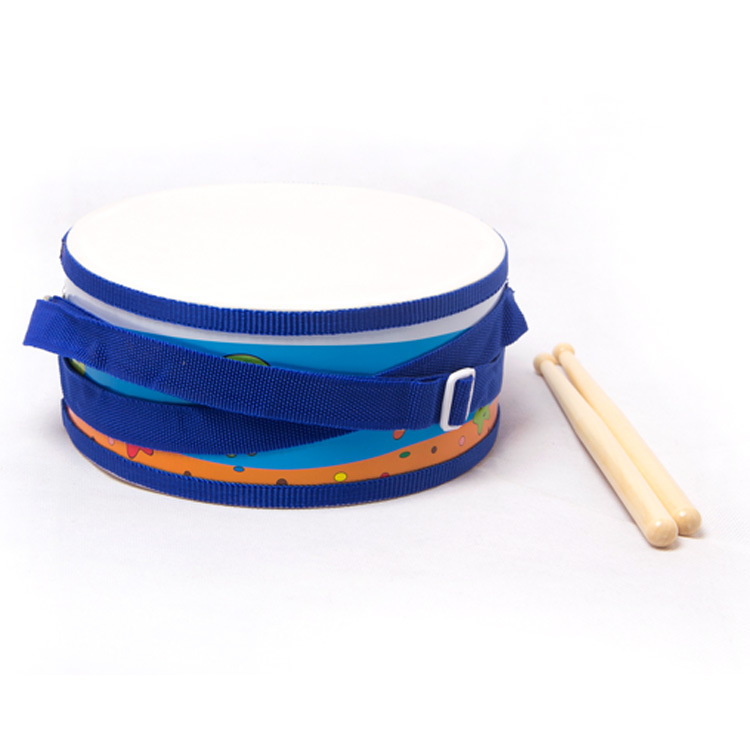
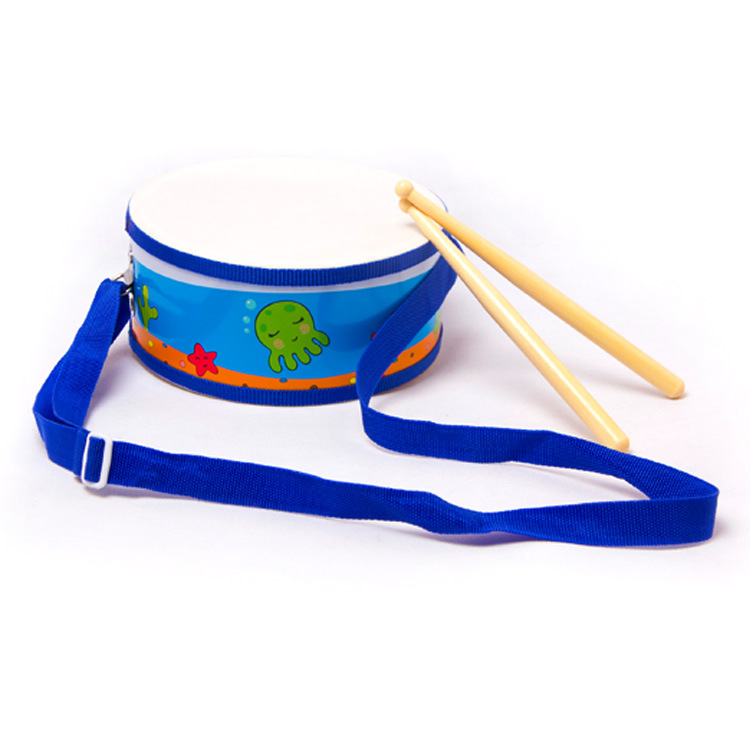
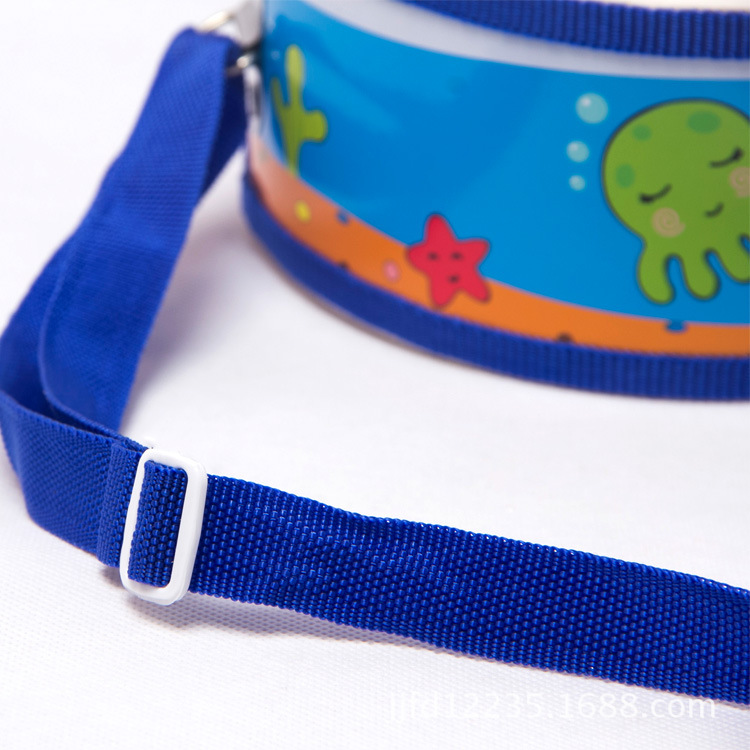
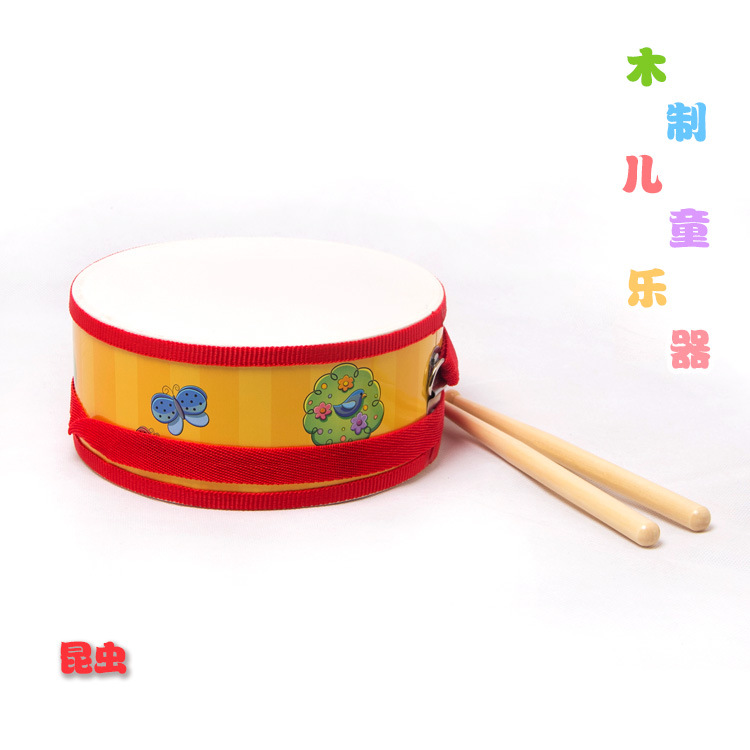
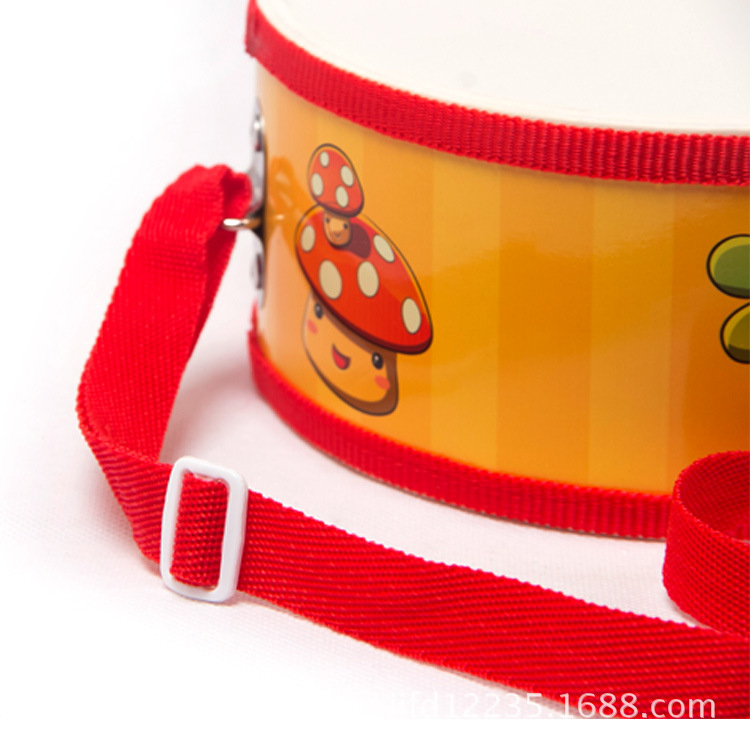
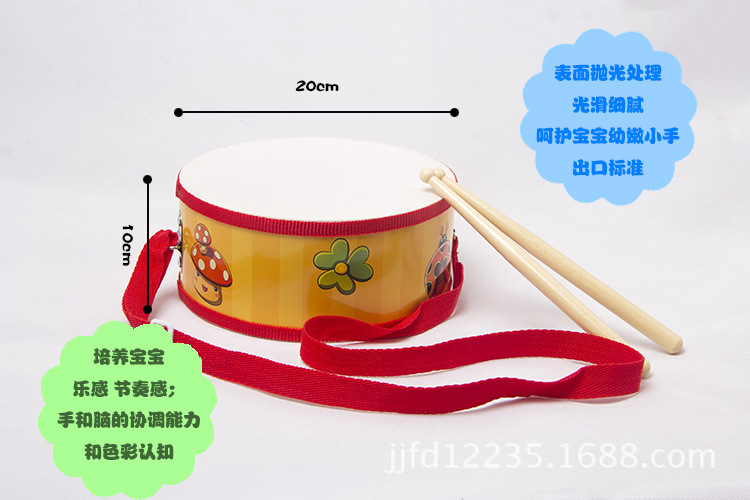
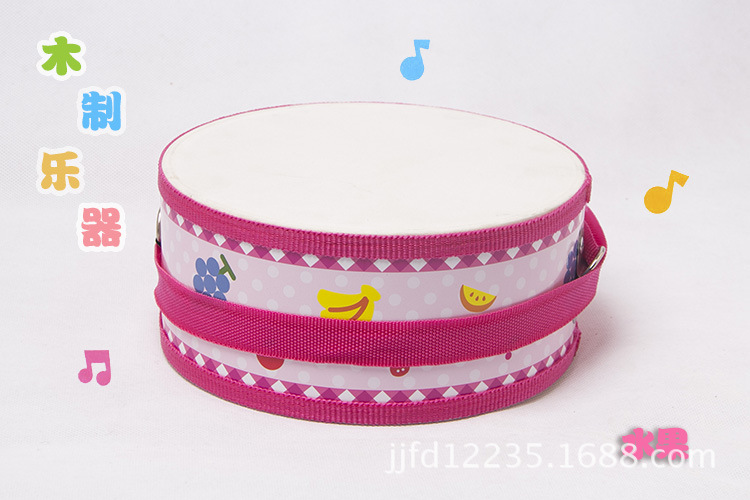
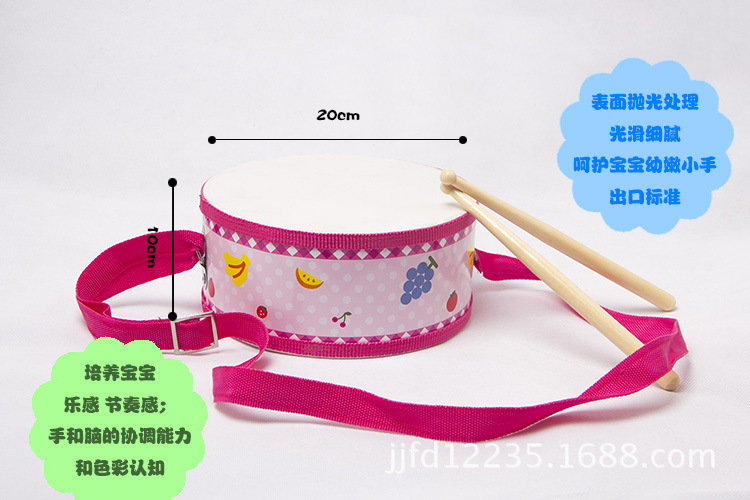

Enlightenment Action A
Let children become familiar with various sounds and listen to various melodies. Although initially, children may just like the pleasant and rhythmic sounds. Parents should choose lively melodies and accompany them with spoken words.
The combination of music and language can reduce the abstractness of music. It is also important not to overstimulate children with music to avoid causing them to become bored.
Enlightenment Action B
Parents can dance with their children to the music's rhythm, playing games, singing songs, and doing things together with their children in the rhythm of the music. Parents can share various knowledge with their children.
Fang Xiao Diao, folk songs sung to children, let him connect music with his life experiences.
Enlightenment Action C
When parents discover that their child naturally uses their body or any object around them as a tool to sway or beat to the rhythm of music, they can let the child play the music by beating it.
Rhythmic movements, such as stomping, jumping, patting a body part, turning, nodding, and tapping, that children make in response to music are exactly how they understand and master the sounds of music.
The beginning of joy. At this time, parents can use rhythmical nursery rhymes, combined with rhythmic language, to let the child imitate or follow the beat to speak, so that the child can understand the speed of speech as well as the speed of understanding.
The rhythm and beat of music.
Enlightenment Action D
To increase children's interest, parents can also play music games with their children: let the child change the lyrics of the songs he is familiar with, and use rhythm or imitation to reproduce any sound he hears.
When playing the rhythm, you can use simple percussion instruments such as gongs, bells, or anything that can make a sound, like pots, tables, floors, bowls, etc. During the process of playing with children, it is important to ensure that the sound is not too loud or sharp, to avoid disturbing the neighbors or causing harm to the child.
In the process, parents can allow their children to feel their own breathing and heartbeat at any time, to find the natural rhythm and the strength of the action, so that the voice of the child is more beautiful. Let the children enjoy a happy atmosphere.
In the future, by seeking out or even creating musical instruments that can produce sounds, using music beyond words to express what he has seen and heard, can greatly stimulate his interest in music.
Enlightenment Action E
After the child becomes familiar with music and rhythm, parents should encourage the child to compose new lyrics for the songs they are familiar with and sing or dance to them. They can also let the child use their own words to create new songs.
To speak or recreate what they see and hear in their own preferred rhythm or rhythm. To some extent, this is one way children express themselves through music.
Early music education can not only develop a child's musical intelligence but also enhance their keen perception of the environment, cultivating a child's proactive exploration mentality and a happy heart.
The environment, to improve the comprehensive quality of children. Parents spend the longest time with preschool children, and have a unique advantage to initiate music education for their children.
The Orff music education system is one of the world-renowned famous music education systems recognized by the world today.
His educational philosophy is to encourage children to actively participate in musical activities, cultivating their interest and love for music.
Cultivate and develop children's creativity and innovative spirit through music activities.
Cultivate children's ability to cooperate, interact with others, and develop group consciousness through music activities, and integrate music education with other teaching activities.
Update time:
TOP